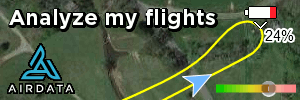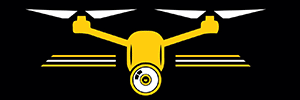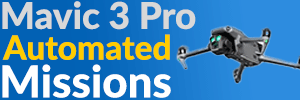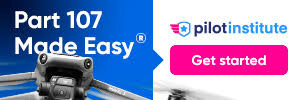Because the "carve out" exception to part 107 for recreational flyers is so narrow that most hobbyists inevitably end up violating it at some point in time. Unless you have complied with ALL of the requirements for recreational flying on every flight, you require a Part 107, because you have violated the carve out.
Compensation is
not the determinative factor.
"
Many people assume that a recreational flight simply means not flying for a business or being compensated. But, that's not always the case. Compensation, or the lack of it, is not what determines if a flight was recreational or not. Before you fly your drone, you need to know which regulations apply to your flight."
Did your drone registration expire or does it expire soon? The DroneZone is the FAA's official website for registration. If you are having trouble logging into the DroneZone, you may need to reset your password (PDF).

www.faa.gov
What are the Rules for Recreational Flyers?
The Exception for Limited Recreational Operations of Unmanned Aircraft (
USC 44809) is the law that describes how, when, and where you can fly drones for recreational purposes. Following these rules helps keep people, your drone and our airspace safe:
- Fly only for recreational purposes (personal enjoyment).
- Follow the safety guidelines of an FAA-recognized Community Based Organization(CBO).
For more information on how to become an FAA-recognized CBO, read Advisory Circular 91-57C.
- Keep your drone within the visual line of sight or use a visual observer who is co-located (physically next to) and in direct communication with you.
- Give way to and do not interfere with other aircraft.
- Fly at or below FAA-authorized altitudes in controlled airspace (Class B, C, D, and surface Class E designated for an airport) only with prior FAA authorization by using LAANC or DroneZone.
- Fly at or below 400 feet in Class G (uncontrolled) airspace.
Note: Anyone flying a drone in the U.S. National Airspace System (NAS) is responsible for flying within the FAA guidelines and regulations. That means it is up to you as a drone pilot to know the rules: Where Can I Fly?
- Take The Recreational UAS Safety Test (TRUST) and carry proof of test passage when flying.
- Have a current FAA registration, mark (PDF) your drones on the outside with the registration number, and carry proof of registration with you when flying.
Note: Beginning September 16, 2023, if your drone requires an FAA registration number it will also be required to broadcast Remote ID information (unless flown within a FRIA). For more information on drone registration, visit How to Register Your Drone.
- Do not operate your drone in a manner that endangers the safety of the national airspace system.
Obvious examples of a violation of Rules for Recreational Flyers: Not having your TRUST certificate not on you, or never passing the TRUST exam, flying BVLOS, flying for any reason other than "fun," not following ALL the separate safety guidelines of your chosen CBO, not flying within the FAA guidelines and regulations, flying above 400 feet AGL in Class G airspace, not having registered yourself as a recreational pilot with the FAA, not having your pilot registration on you, not having your FAA pilot registration number on your drone, not broadcasting RID, or operating in any manner deemed to be endangering the safety of the national air space.
Do any of those and you are now guilty of the
separate violation of not having obtained a Part 107, because you no longer qualify for the recreational flyer "carve out" from the requirement to have a Part 107.










